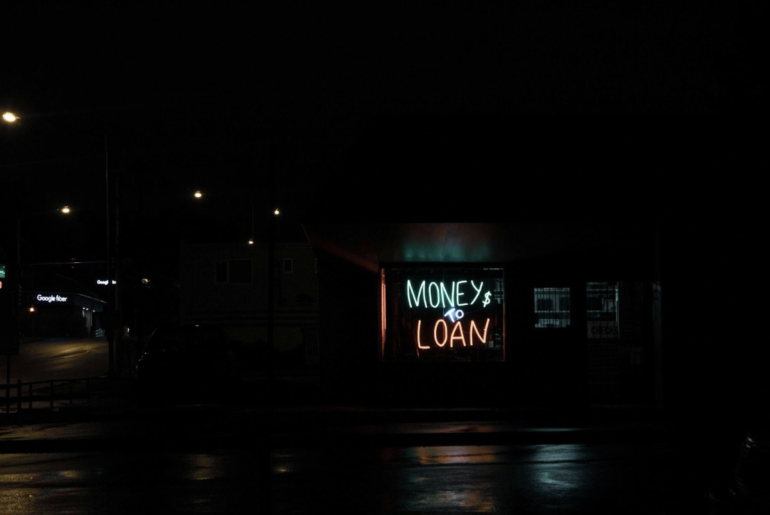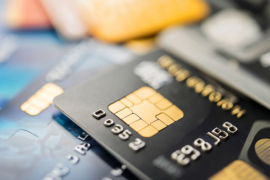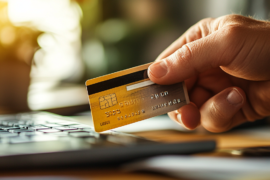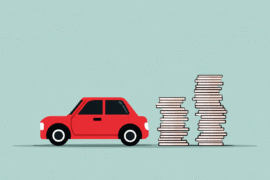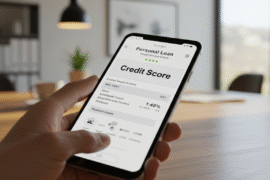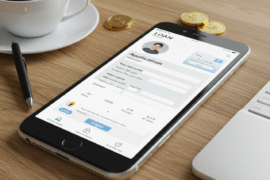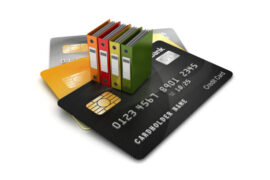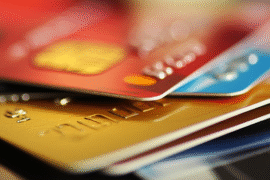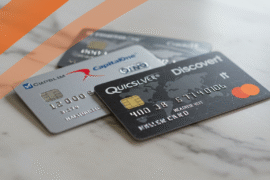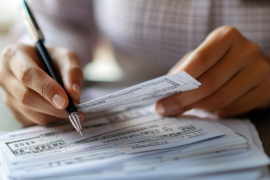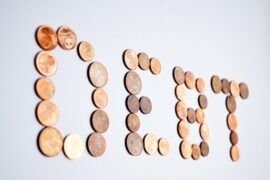This article may contain references to products or services from one or more of our advertisers or partners. We may receive compensation when you click on links to those products or services. Nonetheless, our opinions are our own.
The information presented in this article is accurate to the best of our knowledge at the time of publication. However, information is subject to change, and no guarantees are made about the continued accuracy or completeness of this content after its publication date.
Buy Now, Pay Later services have surged in popularity in recent years, as they offer a quick and seemingly easy way to finance purchases. Companies like Klarna, Afterpay, and Affirm promote their services as interest-free, hassle-free alternatives to credit cards. At first glance, BNPL appears to be a smart financial tool, especially for those who want to spread out payments without incurring interest.
While BNPL may seem convenient, it comes with hidden costs, high penalties, and financial risks that can quietly drain a consumer’s budget. The fine print often reveals steep late fees, retroactive interest, and a repayment structure that can quickly become overwhelming.
If you’re seeking a more transparent, structured, and financially responsible borrowing option, a personal loan may offer greater stability. Its fixed interest rates, predictable payments, and longer repayment terms provide a more controlled approach to borrowing without the hidden pitfalls of BNPL.
The Unspoken Risks of Buy Now, Pay Later
BNPL is often marketed as an easy way to split payments into smaller installments, but the actual cost structure is not always clear. Many consumers sign up without fully understanding the risks, assuming they are getting an interest-free deal with no downside. Here’s where the trouble begins.
The Illusion of “Zero Interest”
While some BNPL plans offer 0% interest for a short period, this is often a deferred interest scheme. If the balance is not paid in full within the promotional period, interest is retroactively applied to the entire purchase amount, sometimes at rates as high as 30 percent.
Late Fees That Add Up Quickly
BNPL services impose strict deadlines for payments. A missed installment often triggers an automatic late fee that can range from $10 to $15 per instance. These fees may not seem substantial at first, but multiple missed payments can quickly add up, which makes a small purchase unexpectedly expensive.
A Ticking Debt Trap
Unlike traditional loans, where consumers take out a lump sum for a specific need, BNPL encourages ongoing borrowing with every transaction. Many users end up with multiple BNPL balances across different retailers, each with a separate due date. Juggling several installment plans can lead to missed payments, unnecessary fees, and financial strain.
No Credit Score Benefits — But Plenty of Credit Risks
One major downside of BNPL is its failure to build credit history. Payments are typically not reported to credit bureaus, meaning even responsible users gain no credit score benefits. However, if a BNPL account becomes delinquent, the unpaid balance can be sent to collections.
Limited Consumer Protections and Refund Hassles
Unlike credit cards, which offer fraud protection and chargeback options, BNPL transactions often lack strong consumer protections. Returning an item does not necessarily cancel the BNPL loan, leaving consumers responsible for payments while waiting for refunds.
Voted "Best Overall Budgeting App" by Forbes and WSJ
Monarch Money helps you budget, track spending, set goals, and plan your financial future—all in one app.
Get 50% OFF your first year with code MONARCHVIP
Why a Personal Loan is the Smarter Alternative
While BNPL may work for small, short-term purchases, it is rarely the best option for larger financial needs. A personal loan provides a more structured, transparent, and financially sound approach to borrowing. Here’s why.
1. Lower and Predictable Interest Rates
BNPL interest rates can skyrocket once the promotional period ends, sometimes exceeding 25 to 30 percent APR. In contrast, personal loans typically offer fixed interest rates between 6 and 15 percent, depending on the borrower’s credit profile.
2. One Loan, One Payment — Instead of Multiple Installments
BNPL transactions create multiple individual installment plans, each with its own due date and terms. A personal loan consolidates borrowing into a single loan with one fixed monthly payment, simplifies repayment, and reduces the risk of missed deadlines.
3. Higher Borrowing Limits for More Meaningful Investments
BNPL is designed for consumer purchases, often capping spending at a few thousand dollars. Personal loans, on the other hand, provide access to larger amounts, which makes them a better choice for:
- Home renovations
- Medical expenses
- Debt consolidation
- Education and career advancement
4. A Positive Impact on Your Credit Score
One of the most significant advantages of personal loans is their ability to build credit. When borrowers make on-time payments, lenders report these to credit bureaus, strengthening their credit history. This can lead to better financial opportunities in the future, such as qualifying for a mortgage or lower-interest credit options.
Personal loans come with clear terms and structured repayment schedules. Unlike BNPL, which often hides fees in the fine print, personal loans lay out all costs upfront. This allows borrowers to understand their financial commitment from day one.
Think Beyond Short-Term Convenience
Buy Now, Pay Later programs are often presented as an easy way to spread out payments, but the risks can quickly turn a small purchase into a major financial burden.
Before choosing a financing option, ask yourself: Do I want quick, temporary relief — or a smart, long-term financial solution? In most cases, the answer is clear. A personal loan is the better path toward financial stability.

Reviewed and edited by Albert Fang.
See a typo or want to suggest an edit/revision to the content? Use the contact us form to provide feedback.
At FangWallet, we value editorial integrity and open collaboration in curating quality content for readers to enjoy. Much appreciated for the assist.
Did you like our article and find it insightful? We encourage sharing the article link with family and friends to benefit as well - better yet, sharing on social media. Thank you for the support! 🍉
Article Title: The Hidden Cost of ‘Buy Now, Pay Later’: Why a Personal Loan Might Be a Better Option
https://fangwallet.com/2025/03/13/the-hidden-cost-of-buy-now-pay-later-why-a-personal-loan-might-be-a-better-option/The FangWallet Promise
FangWallet is an editorially independent resource - founded on breaking down challenging financial concepts for anyone to understand since 2014. While we adhere to editorial integrity, note that this post may contain references to products from our partners.
The FangWallet promise is always to have your best interest in mind and be transparent and honest about the financial picture.
Become an Insider

Subscribe to get a free daily budget planner printable to help get your money on track!
Make passive money the right way. No spam.
Editorial Disclaimer: The editorial content on this page is not provided by any of the companies mentioned. The opinions expressed here are the author's alone.
The content of this website is for informational purposes only and does not represent investment advice, or an offer or solicitation to buy or sell any security, investment, or product. Investors are encouraged to do their own due diligence, and, if necessary, consult professional advising before making any investment decisions. Investing involves a high degree of risk, and financial losses may occur including the potential loss of principal.
Source Citation References:
+ Inspo
There are no additional citations or references to note for this article at this time.
